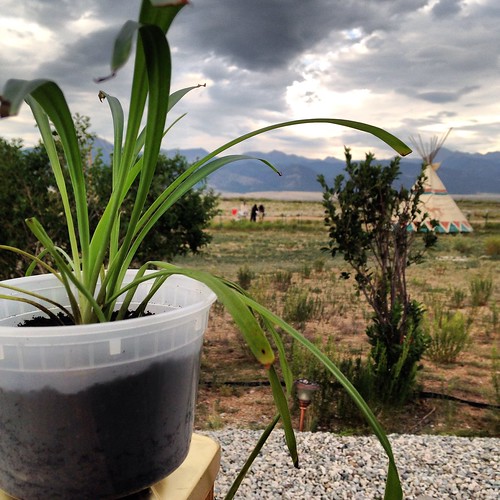(Day 4 of 5 Days, 5 Themes)
Yesterday I wrote about how I used the Hybrid Insights approach to innovation research to uncover opportunities for the OpenIDEO platform to grow its user engagement. In that essay, I focused on a key finding about revealing the potential for fostering in-person connections among the OpenIDEO community.
In this case, the opportunity for delivering a useful innovation was relatively clear-cut; we learned that most people in the OI community were already connecting in-person to some extent, and once the OpenIDEO team became aware of this, they were able to build on the pre-existing behavior through hosting more meetups and other organized activities.
The community united around a desire to meet each other more often in-person, rather than just online. But in other ways, we could see some significant differences emerging. We saw very different patterns of behavior on the site based on usage data, and knew from user interviews that some people were using the platform as a way to lightly experiment with design thinking, while others were much more deeply involved.
When I’m seeking to uncover useful patterns in a population, I often turn to a segmentation approach. What this means is that I figure out what types of differences and similarities are the most meaningful for the design problem at hand, and use those distinctions to carve up one big group of people into, say, four or five smaller groups who each share a set of similarities. (I will be using the terms groups and segments pretty interchangeably here; bear with me.)
At this point I could have just divided everyone up into groups based on, say, age, or gender, or where they lived. It would have been easy, and would have felt nicely familiar. How often do you hear about “18-34 year old males,” for example? The problem with that approach is that it’s really hard to design for groups like that, since just knowing some basic demographic characteristics about someone doesn’t tell you what their real needs are. You are unlikely to discover something new or feel inspired to create a really novel new offering if you’re just designing for “young people” or “suburban moms” or whatever.
A more useful way to think about groups is: what are the behaviors, needs, or attitudes that unite and divide the population? Knowing what people are doing and needing helps us know how to design for them.
Since we learned through our initial interviews with community members that the impact they wanted to see from the experience was likely to be an important point of difference in terms of how they were using the site, we started from there. People’s attitudes about impact would then serve as the way to determine these groupings.
Here’s how we did it. In a survey that went out to the entire community, we asked “Looking forward, what do you most hope to see from OpenIDEO?” and provided sets of statements that respondents prioritized. (For the the true research nerds out there, we used maximum difference scaling to infer overall prioritization.)
I go into much more depth here, but the short version of the story is that we used a statistical method called two-step cluster analysis to understand how people formed segments based on how they prioritized these statements about what kind of impact they wanted. To make sure that these segments were meaningful, like that they made sense and were different enough to inspire good design, we crossed different types of data — from both the survey and from the registered site actions — against the segments. We then had four groups that we called Browser, Thinker, Maker, and Broadcaster, based on what we knew about what they were doing and what they wanted.
For example, for the Broadcaster segment, we knew that they were motivated by building a global community, and that they prioritized spreading ideas, but they were less likely to submit their own concepts than other segments were, and their primary form of engagement on the site was through “applauding” (the OpenIDEO form of “liking” something). As designers, we could look at this set of characteristics and ask ourselves: “How might we help Broadcasters start meaningful conversations on the platform?” Now we’re at a point where we can really start designing something valuable for this set of users.
This is what I find the most inspiring about approaching research with a human-centered and data-friendly set of tools: we can both support people in ways that matter to them and at the same time have confidence that what we’ve learned is significant across a wider population. By exploring the relevant similarities and differences in our sample, our offerings can be both more inspired and more relevant.

